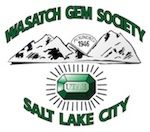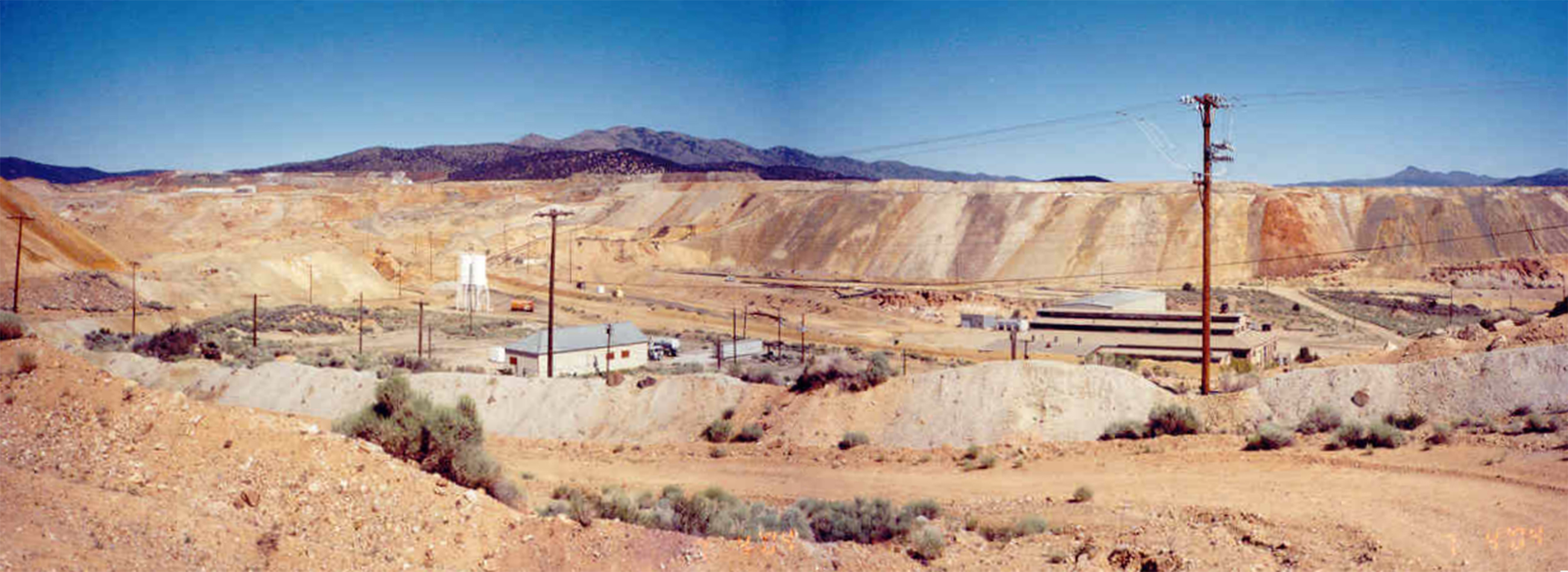by Carl Ege
Before addressing this question, a prospector or mineral collector must find out who owns the land before exploring the area for its mineral potential.
Land Open or Closed to Prospecting: Approximately 67% of Utah's land is controlled by the Federal Government. All of this land is open to prospecting except for National Parks, National Monuments, Indian Reservations, wildlife refuges, wilderness areas, military reservations, reclamation projects, or any other withdrawn areas.
Bureau of Land Management (BLM): All Bureau of Land Management (BLM) land is open to prospecting, except for reclamation projects and land being evaluated for wilderness potential.
Forest Service: Most Forest Service land is open, except for vital watershed areas that affect a wide range of wildlife. Also, digging or constructing sluices or dams is not allowed in any National Forest. Special regulations or restrictions may apply for certain areas so check with your local Forest Service district.
State/Trust Lands: On lands owned by the state, which include school trust land sections, a mineral lease must first be obtained from the School and Institutional Trust Lands Administration. A mineral lease cannot be granted on state or local parks.
Private: On private land, one must first seek permission through the land owner.
Staking a Claim: Once a mineral deposit has been discovered, land ownership has been verified, and it has been determined that the land is not already claimed, a prospector can stake a claim. When staking a claim on federal lands, location posts or rock monuments are placed at each corner of the claim. A location notice must be placed on one of the corner markers. Location notices contain the following information: (1) date of location, (2) name of locator, (3) name of claim or property, (4) type of claim, (5) acreage claimed, and (6) description of parcel of ground. Within 90 days, a copy of the claim notice must be filed with the BLM and the county recorders office.
Lode and Placer Claims: Two types of claims can be located: lode and placer. A lode claim includes mineralized veins with well-defined boundaries or broad zones of mineralized rock. A lode claim is 1,500 feet parallel to the vein and 600 feet perpendicular to the vein or outcrop where there is mineralization. All mineral deposits not considered to be lode claims are called placer claims. Placer deposits include unconsolidated materials, such as sand, gravel, gold, or other minerals. A placer claim is 20 acres in size per locator and an association of eight individuals may claim up to 160 acres.
Obtaining a Permit: Before mining begins, a permit must be obtained from the Utah Division of Oil, Gas & Mining for permission to mine on any land in the state regardless of ownership. The cost of this permit depends on the proposed size of the mine.
Maintaining Possession of Claim: To maintain possession of a claim on federal land, claim owners must perform at least $100 worth of improvements or labor to the claim each year. This annual assessment work could include geological, geophysical, or geochemical surveys. After improvements have been completed, the claim owner must file an affidavit of such work with both the county recorder and the BLM. On state lands, a mineral lease must be renewed each year.
Agencies to contact for further information:
- (1) Staking claims on federal land and land ownership: U.S. Bureau of Land Management, Utah State Office, Coordinated Financial Services Building, 324 South State Street #401, Salt Lake City, UT 84111-2303, (801) 539-4001
- (2) Permits for mining or exploration on all land in Utah: Utah Division of Oil, Gas & Mining, 1594 West North Temple, Suite 1210, P.O. Box 145801, Salt Lake City, UT 84114-5801, (801) 538-5340
- (3) Prospecting on Forest Service lands: U.S. Forest Service, 8236 Federal Building, 125 South State Street, Salt Lake City, UT 84138, (801) 524-5030
- (4) Permission to prospect on state lands: School and Institutional Trust Lands Administration, 675 East 500 South, Suite 500, Salt Lake City, UT 84102-2818, (801) 538-5100
Taken from: geology.utah.gov




